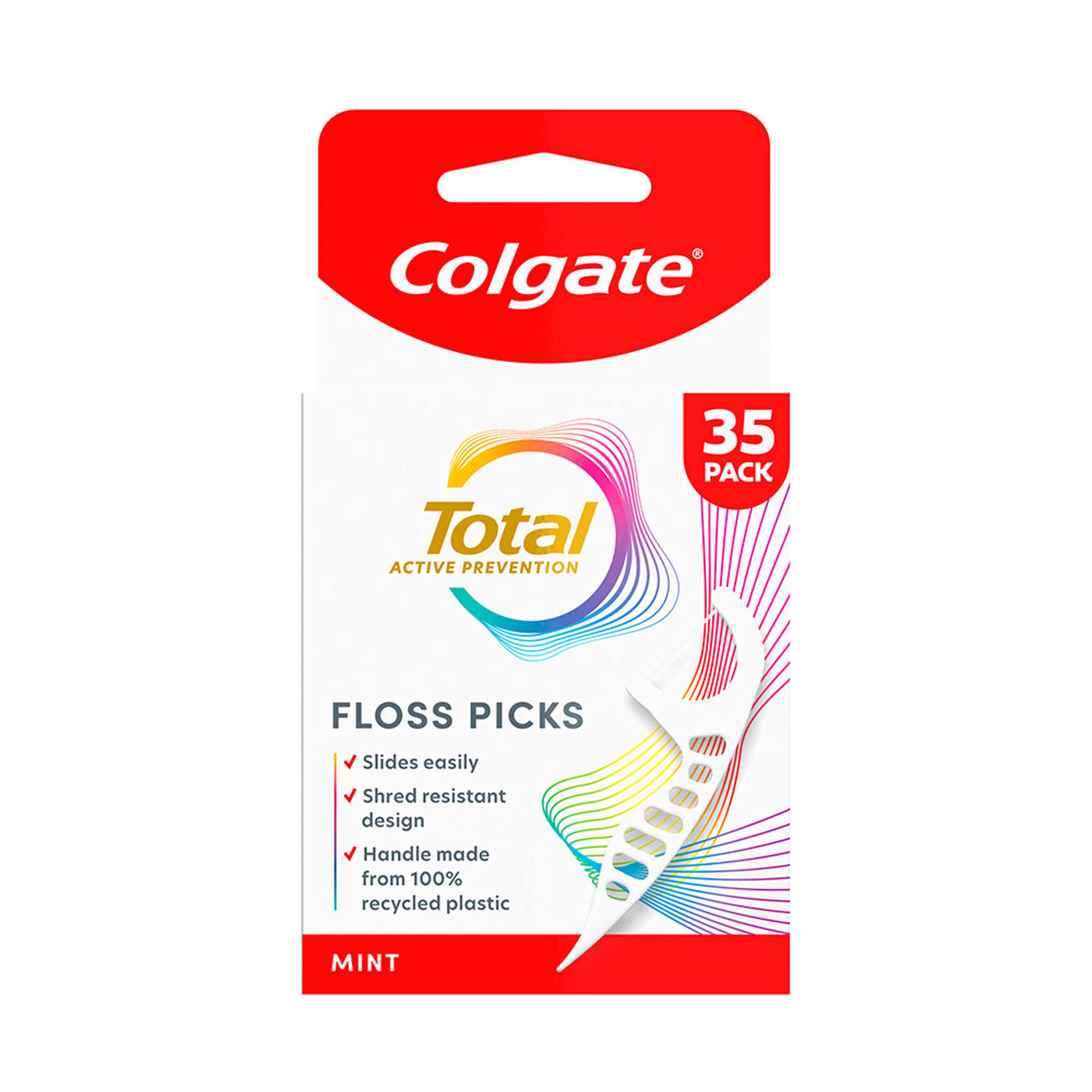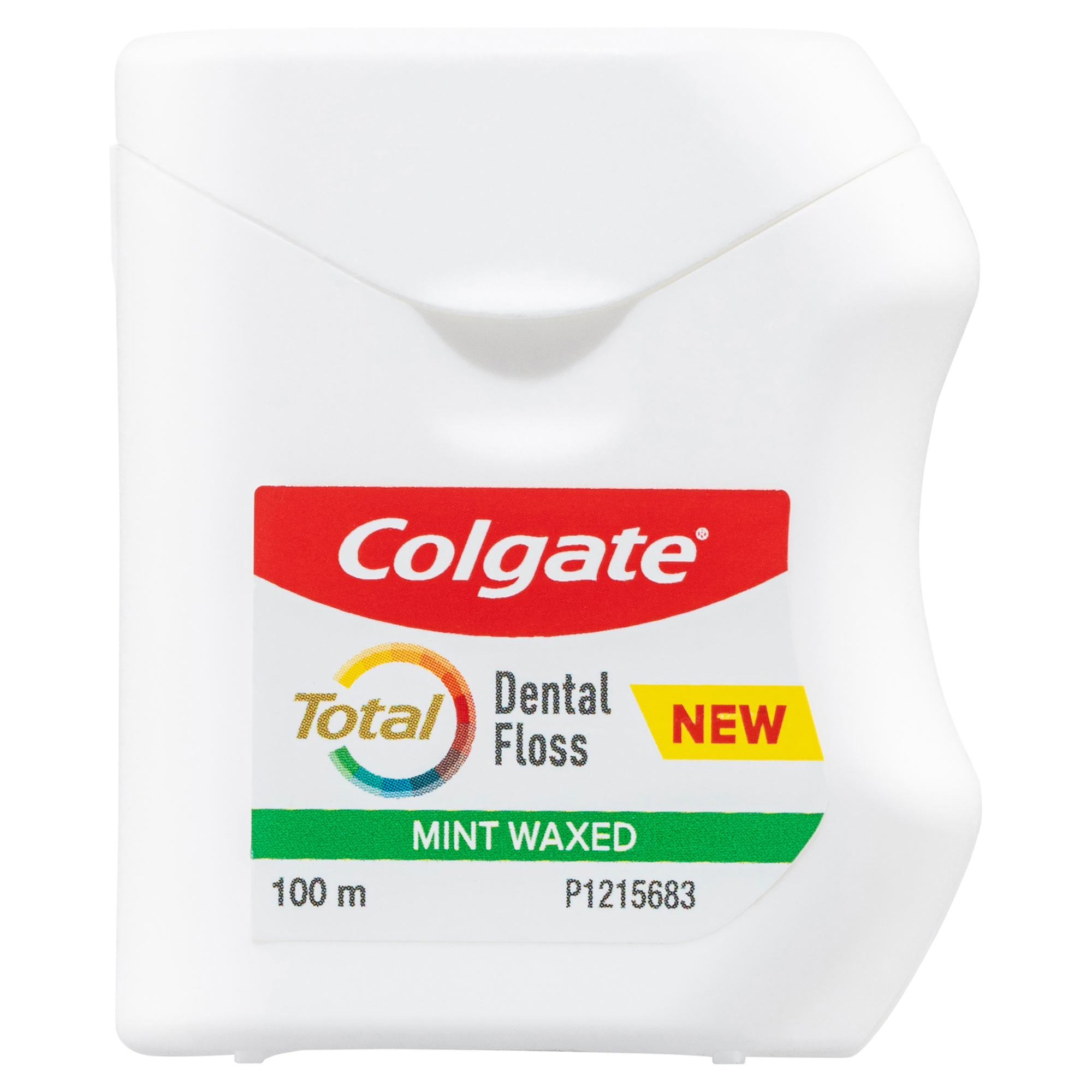-
-

BRUSHING & FLOSSING
How to BrushWhat Is the Right Way to Brush?
Proper brushing takes at least two minutes — that's right, 120 seconds!...

BRUSHING & FLOSSING
How To FlossWhat is the Right Way to Floss?
Proper flossing removes plaque and food particles in places where a toothbrush cannot easily reach... -
Science & Innovation
- Home
- Oral Health
- What Are the Signs of Gum Disease?


Gum disease is a serious infection of the gums that, left untreated, can cause irreparable damage to the gums and destroy the bone around affected teeth. According to Australia’s Oral Health Tracker, most Australians are affected by this largely preventable disease at some stage in their life. While you can reverse the first stage of gum disease, you cannot do the same for later stages. Therefore, you should always watch out for early signs and take appropriate action. Take care of your teeth at home through good oral hygiene and make regular visits to your dental proffesional to monitor the health of your gums.
Signs of gum disease at each stage
The early stages of gum disease can go unnoticed with only minor signs and symptoms, while the later stages of disease are far more obvious. Here are the three stages of gum disease and their signs:
• Gingivitis: The first and reversible stage of gum disease, called gingivitis, occurs when plaque buildup allows bacteria to irritate your gums. You might notice bleeding when you brush your teeth, swollen gums or redness, according to the Department of Health Services Victoria. Many people write these symptoms off as a sensitive mouth or the result of brushing too harshly, without realising that they might be on their way to a more serious oral health problem.
• Periodontitis (mild to moderate): The second and irreversible stage of gum disease is called periodontitis and occurs when gingivitis is not treated in susceptible people. Signs may include bleeding, swelling, bad breath, receding gums, and a bad taste in the mouth.
• Advanced periodontitis: The final and irreversible stage of gum disease, called advanced periodontitis, destroys the fibres and bone supporting your teeth to such an extent that your teeth may move, loosen or possibly require removal.
Gum disease prevention at home
When brushing your teeth, always brush your upper and lower teeth gently for at least two minutes. Tilt the brush at a 45° angle against the gum line, and roll or sweep the brush away. Gently brush the inside, outside and chewing surface of each tooth using short back-and-forth strokes (much like a vibration of the brush or small circles). And don’t forget your tongue. By gently brushing your tongue, you can remove bacteria and freshen your breath. Using an antibacterial toothpaste and/or mouthwash can help control plaque formation even further.
Do the above routine each morning and night. Finally, make sure you floss once a day to remove debris stuck between your teeth. After flossing, rinse your mouth well to get rid of food particles and bacteria.
Regular dental visits
While proper brushing and flossing go a long way towards keeping gum disease at bay, regular dental visits are important for removing plaque and tartar. And by removing plaque, you help prevent gingivitis.
Most dental professionals recommend a routine dental check-up every six to 12 months; however, these recommendations vary. Ask your dental professional how often you should visit, and always stay on the lookout for signs of gum disease. According to the Australian Dental Association, if you notice that your gums bleed when you bite into food or brush/floss your teeth, it’s time to see your dental professional for a periodontal check-up as soon as possible.
This article is intended to promote understanding of and knowledge about general oral health topics. It is not intended to be a substitute for professional advice, diagnosis or treatment. Always seek the advice of your dentist or other qualified healthcare provider with any questions you may have regarding a medical condition or treatment.
Related Products

Helping dental professionals
More professionals across the world trust Colgate. Find resources, products, and information to give your patients a healthier future











